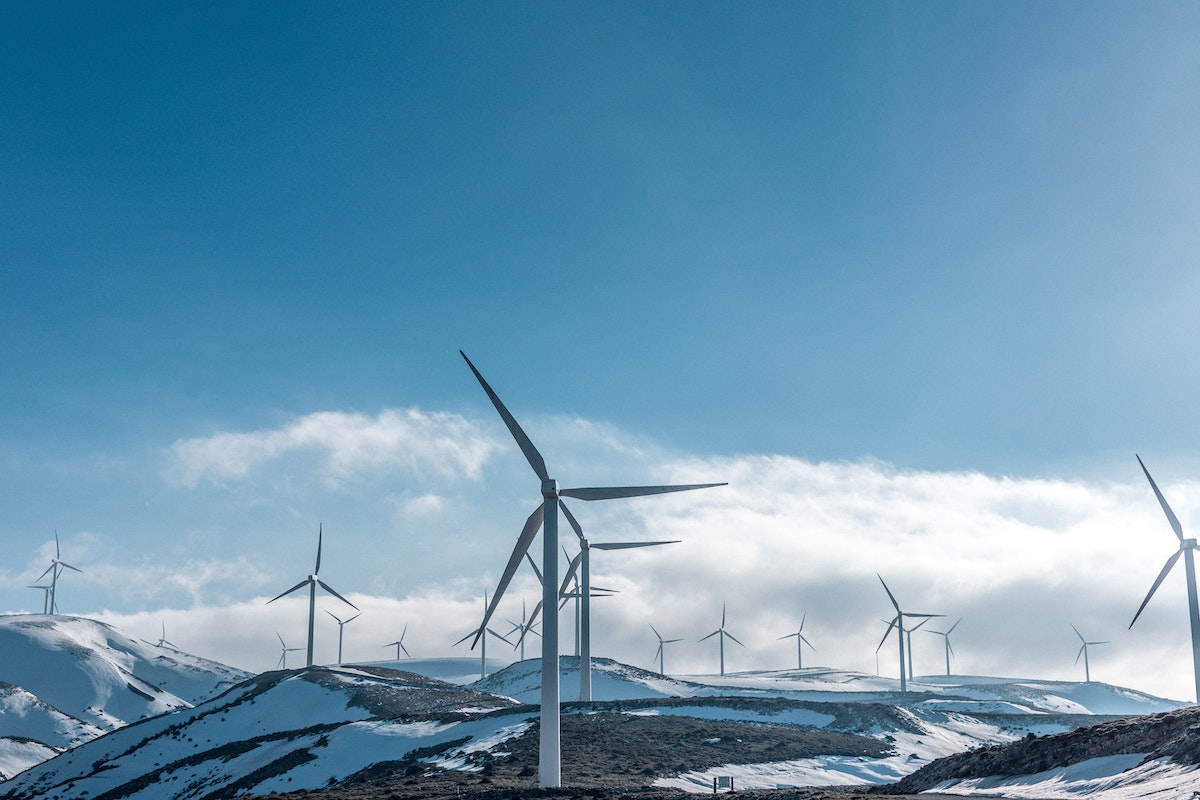The Fourth Industrial Revolution for the Earth initiative
The W.E.F. (World Economic Forum) is collaborating with PwC (as official project adviser) and the Stanford Woods Institute for the Environment on a major global initiative on the Environment and the Fourth Industrial Revolution. Working closely with leading issue experts and industry innovators convened through the World Economic Forum’s Global Future Council on the Environment and Natural Resource Security – and with support from the MAVA Foundation – this initiative leverages the platforms, networks, and convening power of the World Economic Forum and its new Center for the Fourth Industrial Revolution in San Francisco. It also brings Stanford University’s cutting edge research departments and its deep connections with the Silicon Valley technology community together with the global insight and strategic analysis on business, technology, investment and policy issues that PwC offers. Together with other interested stakeholders, this unique partnership is exploring how 4IR innovations could help drive a systems transformation across the environment and natural resource security agenda.
Pellentesque quis augue eleifend, aliquam enim id, venenatis risus. Mauris a maximus nisl, quis faucibus eros. Nam eros ex, fermentum ac ante a, commodo laoreet felis. Phasellus ac nibh tellus. Aliquam blandit, magna a tristique luctus, metus arcu mollis sem, porttitor sodales libero nisi sed erat.
The challenge…
There is mounting scientific consensus that Earth systems are under unprecedented stress. The model of human and economic development developed during past industrial revolutions has largely come at the expense of the planet. For 10,000 years, the Earth’s relative stability has enabled civilisations to thrive. However, in a short space of time, industrialisation has put this stability at risk.
Scientists have identified nine “processes and systems (that) regulate the stability and resilience of the Earth System”, and say four of the nine – climate change, loss of biosphere integrity, land-system change and altered cycles in the globe’s chemistry – have now crossed “boundary” levels, due to human activity. This elevates the risk that human activities will lead to “deterioration of human well-being in many parts of the world, including wealthy countries”.
“More work is needed to bring together the current applications of AI, map them against the SDGs, and assess how this work can be scaled.”
There are six critical challenges that demand transformative action in the 21st century:
Climate change. Today’s greenhouse gas levels may be the highest in 3 million years. Global average temperatures in 2100 are still expected to be 3°C above pre-industrial levels, well above the targets to avoid the worst impacts of climate change.
Biodiversity and conservation. The Earth is losing its biodiversity at mass extinction rates. One in five species on Earth now faces eradication, and scientists estimate that this will rise to 50% by the end of the century unless we take urgent action.5 Current deforestation rates in the Amazon Basin could lead to an 8% drop in regional rainfall by 2050, triggering a shift to a “savannah state”, with wider consequences for the Earth’s atmospheric circulatory systems.
Healthy oceans. The chemistry of the oceans is changing more rapidly than at any time in perhaps 300 million years, as the water absorbs anthropogenic greenhouse gases. The resulting ocean acidification and warming are leading to unprecedented damage to fish stocks and corals.
Water security. By 2030, we may fall 40% short of the amount of fresh water needed to support the global economy as pollution and climate change affect the global water cycle.
Clean air. Around 92% of the world’s people live in places that fail to meet World Health Organization (WHO) air quality guidelines. The WHO has reported that around 7 million people die annually from exposure to air pollution – one death out of every eight globally.
Weather and disaster resilience. In 2016 the world suffered 772 geophysical, meteorological, hydrological and climatological “natural loss events” – triple the number in suffered in 1980.
The opportunity
While these challenges are urgent and extraordinary, they coincide with an era of unprecedented innovation and technological change. The Fourth Industrial Revolution offers unparalleled opportunities to overcome these new challenges.
This industrial revolution, unlike previous ones, is underpinned by the established digital economy and is based on rapid advances in artificial intelligence, the Internet of Things (IoT), robots, autonomous vehicles, biotechnology, nanotechnology and quantum computing, among others. It is characterised by the combination of these technologies, which are increasing speed, intelligence and efficiency gains. AI is a term for computer systems that can sense their environment, think, learn, and act, in response to what they sense, and their programmed objectives.
Of all the Fourth Industrial Revolution technologies, AI is expected to have the deepest impact, permeating all industries and playing an increasing role in daily life. By combining with other new technologies, AI is becoming the “electricity” of the Fourth Industrial Revolution, as innovators embed intelligence into more devices, applications and interconnected systems. Beyond productivity gains, AI also promises to enable humans to develop intelligence not yet reached, opening the door to new discoveries.
AI is already transforming traditional industries and everyday lives. New breakthroughs powered by AI often don’t work alone but in combination with other Fourth Industrial Revolution technologies. As entrepreneurs, businesses, investors, and governments look to deploy and scale these technologies to create strategic advantage, there are also important opportunities to apply them to today’s immediate and pressing Earth challenges, and to generate opportunities for today and the future.






